Team logo Cap insignia | League titles 1939 • 1949 | |
The Baltimore Elite Giants were a professional baseball team that played in the Negro leagues from 1920 to 1950. The team was established by Thomas T. Wilson, in Nashville, Tennessee as the semi-pro Nashville Standard Giants on March 26, 1920. The team was renamed the Elite Giants in 1921, and moved to Baltimore, Maryland in 1938, where the team remained for the duration of their existence. The team and its fans pronounced the word "Elite" as "ee-light".
Contents
- Barnstorming years
- National League
- Southern League
- Second National League
- American League
- Notable players
- References
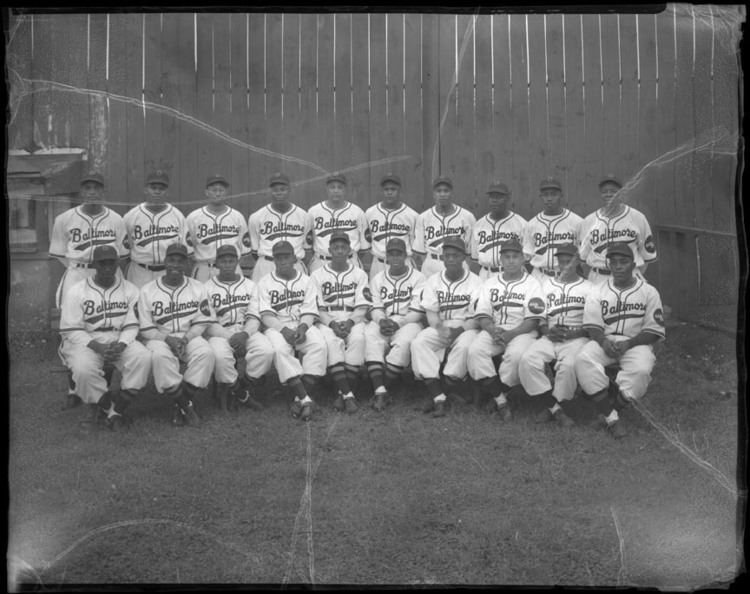
Barnstorming years
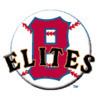
The Nashville Standard Giants were formed as a semi-professional all-Negro team in Nashville, Tennessee, on March 26, 1920. The club was chartered by Thomas T. Wilson, T. Clay Moore, J. B. Boyd, Marshall Garrett, Walter Phillips, W. H. Pettis, J. L. Overton, and R. H. Tabor. The team's origins lie in that of two of Nashville's local negro amateur baseball teams: the Nashville Maroons (formed in 1909) and the Elites (formed in 1913). Their home games were played at Sulphur Dell and Greenwood Park, the African American community's local park. The Standard Giants welcomed any and all competition, including white-only teams, but played independently of any organized leagues until the mid-1920s.

The team was renamed the Nashville Elite Giants (pronounced EE-light) in 1921. That same year, they swept the Montgomery Grey Sox (of the minor league Negro Southern League) in a four-game championship series to win the right to declare themselves the Southern Colored Champions.They continued to play independently until joining the Negro Southern League in 1926. Nashville completed its first season in the league with a 15–15 (.500) record.

In 1929, Nashville was granted an associate membership in the Negro National League. The team finished in eighth (last) place with a 10–20 (.333) record. That same year, Wilson built a new ballpark for his team, Tom Wilson Park, which also served as a spring training site for other Negro league teams, as well as white-only minor league teams, such as the Southern Association's Nashville Vols. Babe Ruth, Lou Gehrig, and Roy Campanella are known to have played at the park. The 8,000 (or 4,000) seat facility featured a single-decked, covered grandstand. The ballpark was centrally located in Nashville's largest black community, known as Trimble Bottom, near the convergence of Second and Forth Avenues, just north of the fairgrounds.
National League
In 1930, the team gained admission into their first organized league, the Negro National League. The Elite Giants finished in seventh place with a 39-47 record.
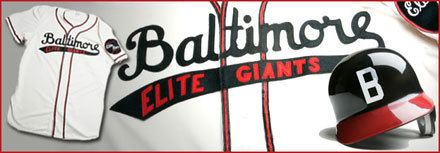
The following season, 1931, Wilson moved the team to Cleveland, Ohio and renamed the team the Cleveland Cubs, remaining in the same league. The team finished in seventh place with a 25-28 record.
Southern League
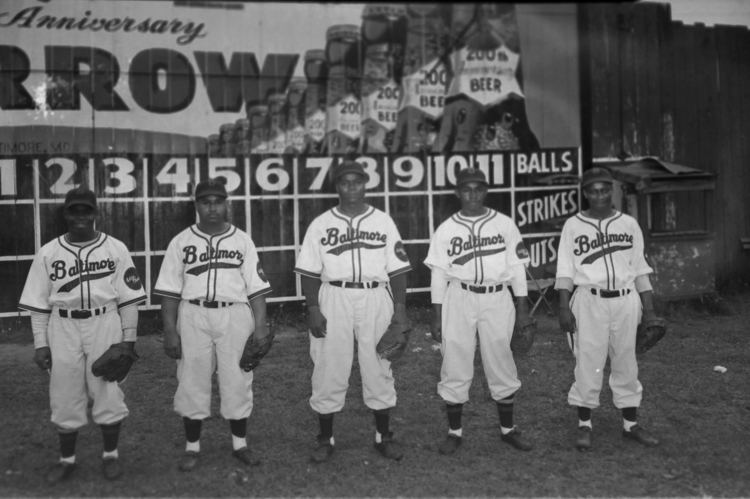
The Negro National League collapsed after the 1931 season, and the team moved back to Nashville, reverted to being called the Elite Giants, and joined the Negro Southern League, where they played in 1932.
Second National League
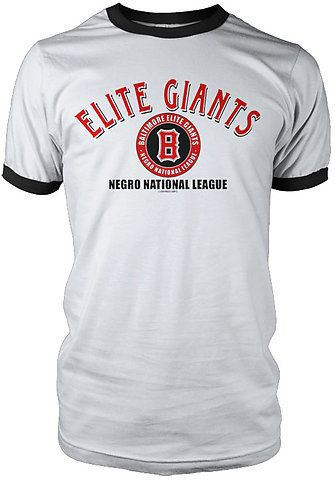
A second incarnation of the Negro National League was formed in 1933, where the Elite Giants played for the following two seasons. Nashville finished the 1933 season in fifth place with a 29-22 record and tied as winners of the second half of the season with the Pittsburgh Crawfords. Nashville lost a three-game playoff with Pittsburgh for a spot in the league championship game. In 1934, the Elite Giants finished in fourth place with a 20-28 record.
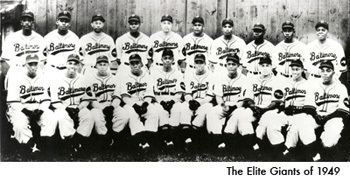
In 1935, the team moved to Columbus, Ohio and became the Columbus Elite Giants. They played only one season in Columbus, 1935, finishing in fourth place with a 16-17 record.
In 1936 the team moved to Washington, D.C. and became the Washington Elite Giants. In their first season, they finished in fifth place with a 21-24 record. In 1937, the Elites finished in third place with a 27-17 record.
The team moved again in 1938 to Baltimore, Maryland and became the Baltimore Elite Giants. In 1939, the Elites won the Negro National Title, defeating the Homestead Grays. In 1948, they won the first half, but lost the championship to second half winners, the Homestead Grays.
American League
In 1949, the Negro National League ceased operations, and the Elite Giants joined the Negro American League. In their first season with the new league, Baltimore captured the Eastern and Western Division titles, earning them a second Negro National Title. In thirteen seasons in Baltimore, of the eleven which have available standings, the Elite Giants finished in the top three during nine of those seasons. In dire financial straits, the club played one final season in 1950 before dissolving.
Notable players
A number of future major leaguers wore the uniform of the Elite Giants, including Hall of Famers Roy Campanella and Leon Day. Junior Gilliam (1953 National League Rookie of the Year), and Joe Black (1952 National League Rookie of the Year) were both former 'Elites' and won consecutive Rookie of the Year honors for the Brooklyn Dodgers in the early 1950s.
